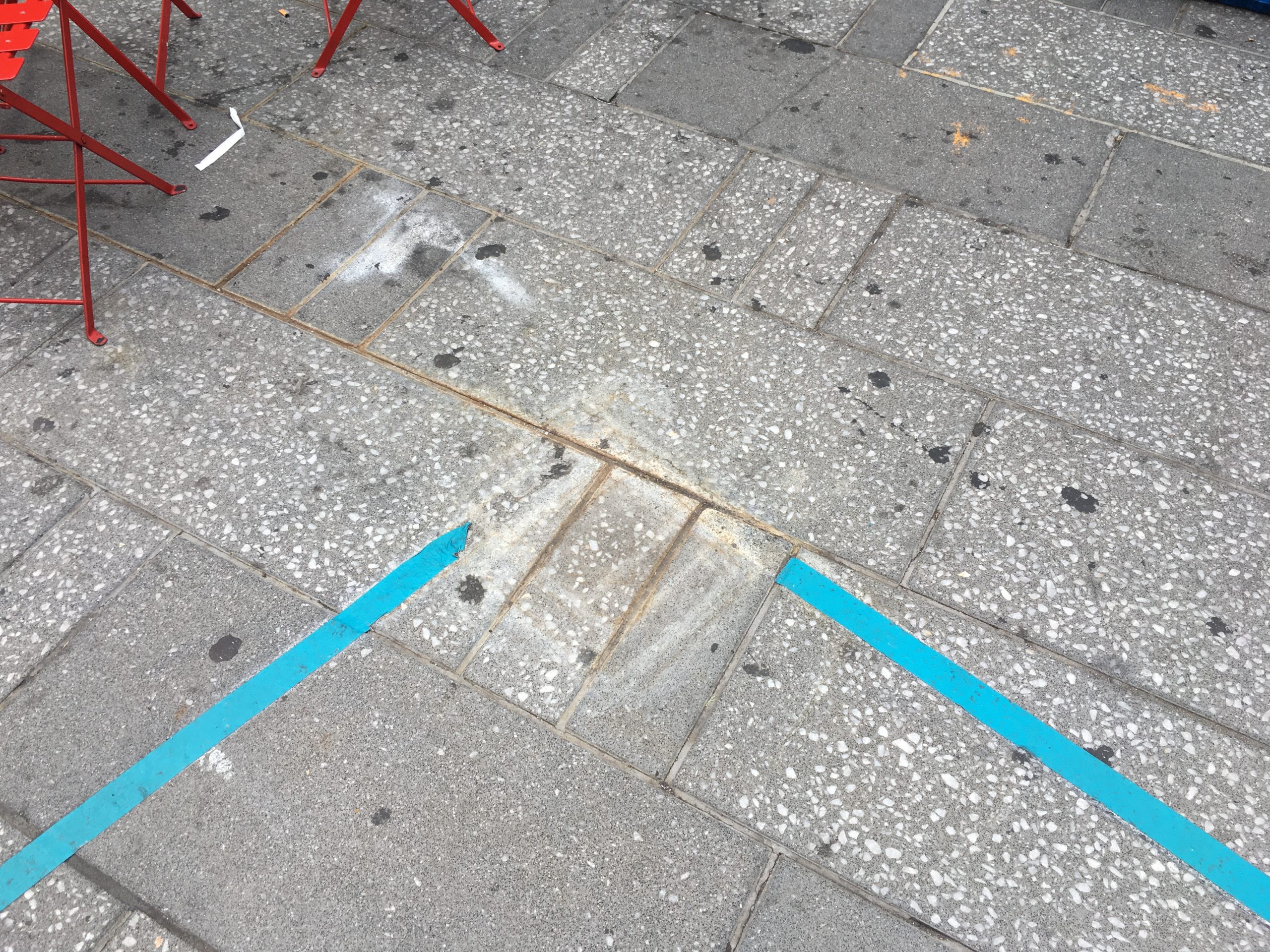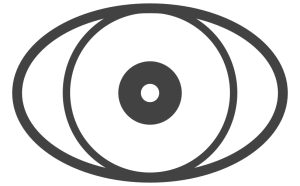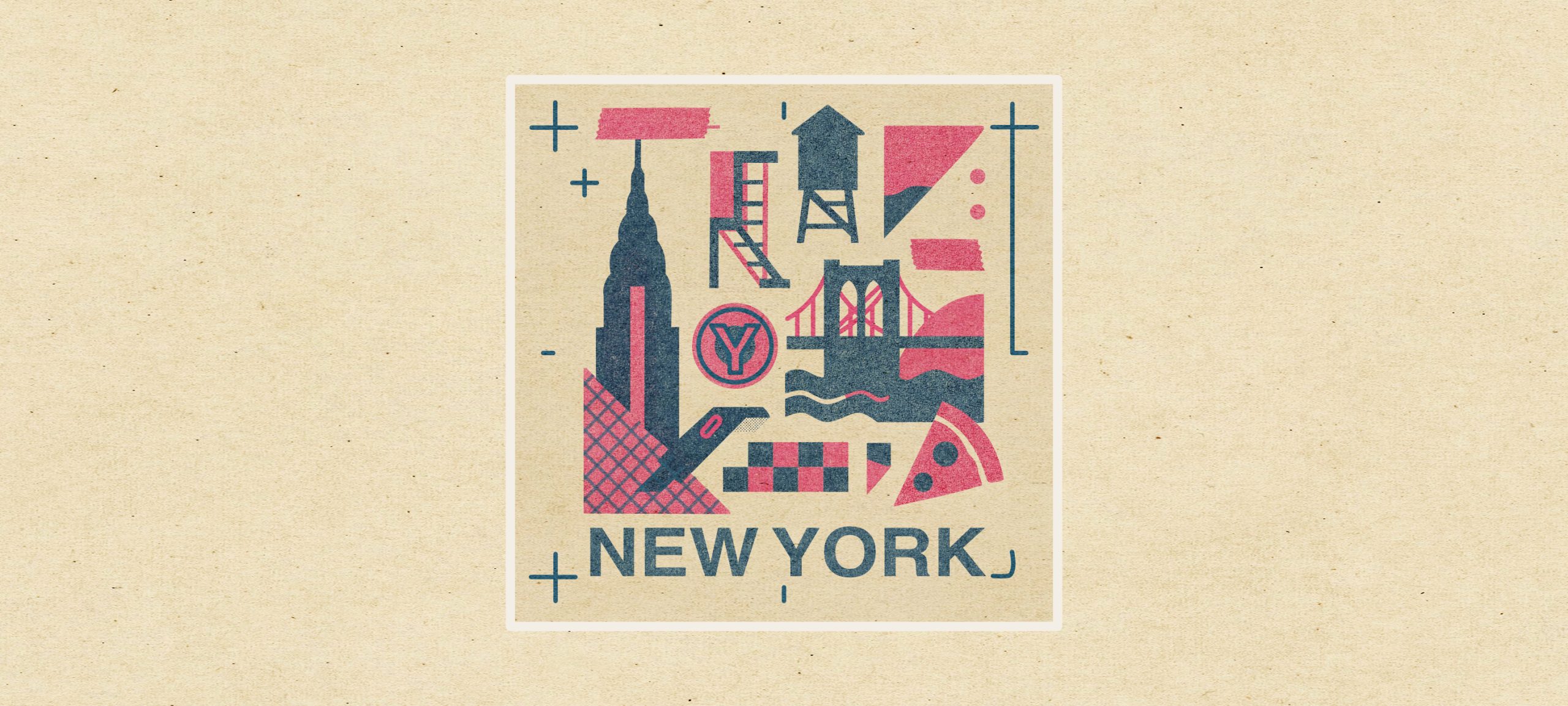From The Atelier Series
New York, 2019
New York was not only a field site but a workshop. I lived there for almost four months, closing the final stage of my doctoral research. During those weeks, I moved between Times Square and the New School — between the street’s theatrical surfaces and the building where anthropology, design, and art coexisted. That proximity between disciplines altered the way I practiced ethnography. Observation began to merge with fabrication, and the city itself started to behave like a studio (Ingold 2013; Marcus 2013).
At the New School, surrounded by artists, designers, and anthropologists, I found an atmosphere where making and thinking were inseparable (Rabinow et al. 2008; Lury & Wakeford 2012). The classrooms were full of prototypes, sketches, and models; conversations moved easily between theory and material experimentation (Schneider & Wright 2010). I spent my days writing fieldnotes and my evenings watching how others gave form to ideas — through installations, textures, and print. Those moments blurred the distinction between fieldwork and studio work, showing me that ethnography could also be a process of composition (Ingold 2011; Suchman 2011).
By then, I had already envisioned the Artefaktenatelier in Munich, a workshop for ethnographic production inspired by craft, arts, and design. Yet in New York, that earlier vision found a new resonance. The city’s constant transformation — its infrastructures, lights, scaffolds, and layers of signage — gave the atelier a different meaning. It became less about the space of making and more about a mode of attention: a way of tracing how materials and gestures assemble knowledge in motion (Larkin 2013; Pink 2015).
The city’s surfaces became part of my palette. From the blue tape that delimited performance zones in Times Square to the scratched terrazzo of public plazas, every mark felt like an ethnographic proposition. I began to photograph pavements, reflections, and shadows — not as documentation but as exercises in perception (Stewart 2007; MacDougall 2006). From these walks emerged Materialtone, a series of experiments decomposing urban space into color, texture, and tone. It was my way of registering how the city speaks through matter (Myers 2015; Manning & Massumi 2014).
That period also changed how I understood multimodality. What had started as an aspiration became an embodied practice (Collins, Durington & Gill 2017). I moved fluidly between writing, drawing, mapping, and printing — not to illustrate fieldwork but to extend it. The multimodal was no longer a format; it was an ethnographic condition. The work of the hand, the rhythm of layering ink or sound, became part of how I thought (Taussig 2011; Ingold 2013).
Looking back, those months in New York marked a turning point. The city taught me to work with fragments and flows, to move between observation and making without hierarchy. It reaffirmed the idea that ethnography is not only about representation but about the craft of relation — the slow work of arranging, recomposing, and caring for what the world leaves us to interpret (Puig de la Bellacasa 2017; Manning 2016). Since then, the crossings between ethnography, art, and design have continued to grow, guiding my work and my way of seeing.

References
- Collins, Samuel, Matthew Durington, and Harjant Gill. 2017. Networked Anthropology: A Primer for Ethnographers. Routledge.
- Ingold, Tim. 2011. Being Alive: Essays on Movement, Knowledge and Description. Routledge.
- Ingold, Tim. 2013. Making: Anthropology, Archaeology, Art and Architecture. Routledge.
- Larkin, Brian. 2013. “The Politics and Poetics of Infrastructure.” Annual Review of Anthropology 42: 327–343.
- Lury, Celia, and Nina Wakeford, eds. 2012. Inventive Methods: The Happening of the Social. Routledge.
- MacDougall, David. 2006. The Corporeal Image: Film, Ethnography, and the Senses. Princeton University Press.
- Manning, Erin. 2016. The Minor Gesture. Duke University Press.
- Manning, Erin, and Brian Massumi. 2014. Thought in the Act: Passages in the Ecology of Experience. University of Minnesota Press.
- Marcus, George E. 2013. “Experimental Forms for the Expression of Norms in the Ethnography of the Contemporary.” Hau: Journal of Ethnographic Theory 3(2): 197–217.
- Myers, Natasha. 2015. Rendering Life Molecular: Models, Modelers, and Excitable Matter. Duke University Press.
- Pink, Sarah. 2015. Doing Sensory Ethnography. 2nd ed. Sage.
- Puig de la Bellacasa, María. 2017. Matters of Care: Speculative Ethics in More-Than-Human Worlds. University of Minnesota Press.
- Rabinow, Paul, George E. Marcus, James D. Faubion, and Tobias Rees. 2008. Designs for an Anthropology of the Contemporary. Duke University Press.
- Schneider, Arnd, and Christopher Wright, eds. 2010. Between Art and Anthropology: Contemporary Ethnographic Practice. Berg.
- Stewart, Kathleen. 2007. Ordinary Affects. Duke University Press.
- Suchman, Lucy. 2011. “Anthropological Relocations and the Limits of Design.” Annual Review of Anthropology40: 1–18.
- Taussig, Michael. 2011. I Swear I Saw This: Drawings in Fieldwork Notebooks, Namely My Own. University of Chicago Press.

